Discover the ultimate showdown between the Ford Bronco and Jeep Wrangler. From off-road capabilities to performance, comfort, and features, we compare these two iconic SUVs to see which reigns supreme.
The Ford Bronco and Jeep Wrangler are two iconic names in the world of off-road SUVs, each with a rich history, a loyal fanbase, and a reputation for conquering some of the toughest terrains. These rugged vehicles have long been symbols of adventure, freedom, and exploration, making them favorites among off-road enthusiasts and outdoor adventurers alike. But when it comes to choosing between the Ford Bronco and Jeep Wrangler, which off-road beast truly reigns supreme?

In this comprehensive comparison, we’ll explore every aspect of these two legendary vehicles, from their off-road capabilities and performance to their design, comfort, tech features, and price points. Whether you’re a seasoned off-roader or someone looking to invest in a capable adventure vehicle, this in-depth analysis will help you determine which SUV best fits your needs.
Ford Bronco: A Legacy Reborn

The Ford Bronco made its debut in 1966 as an off-road vehicle designed to compete directly with Jeep’s growing popularity. The Bronco quickly established itself as a capable 4×4 with a loyal following, especially among off-roaders and weekend warriors who sought adventure beyond paved roads. After a hiatus in production starting in 1996, Ford brought the Bronco back in 2021, much to the delight of off-road enthusiasts. The revived Bronco pays homage to its roots with its rugged design, while also incorporating modern technology and engineering.
- Comeback: Reintroduced in 2021 after 25 years, generating massive excitement in the off-road community.
- Original Launch: 1966
- Iconic Status: Known for being an early off-road pioneer, rivaling Jeep.
Jeep Wrangler: The Off-Road King
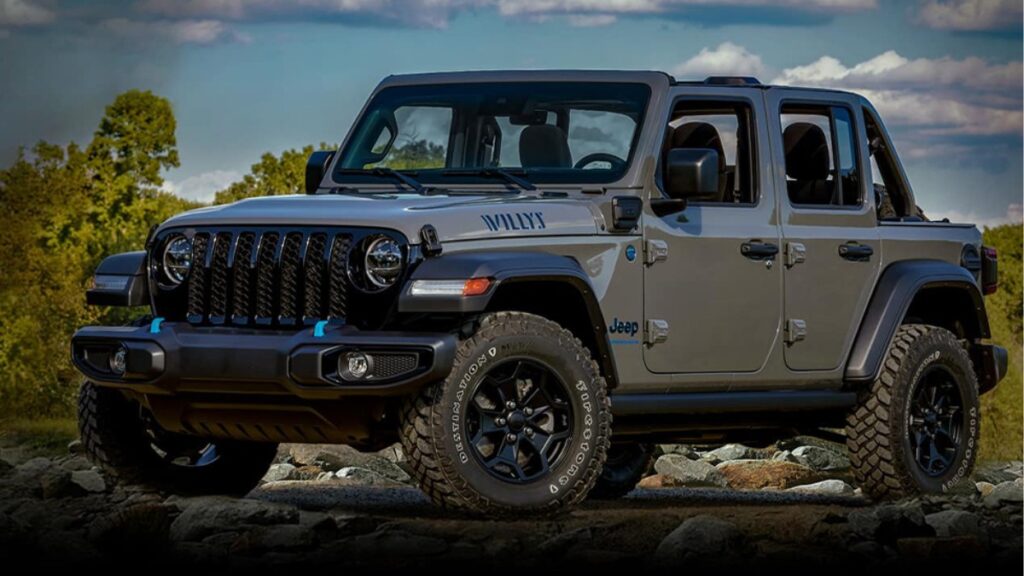
The Jeep Wrangler traces its lineage back to the original military Willys MB that served in World War II. Known for its durability and ability to tackle rough terrain, the Willys Jeep became a symbol of freedom and capability. After the war, the civilian Jeep (CJ) was born, and in 1986, the Jeep Wrangler (YJ) officially replaced the CJ line. The Wrangler has since become synonymous with off-roading and is a symbol of the American adventure spirit. The Wrangler’s consistent design evolution, off-road prowess, and devoted fanbase have solidified its place in off-road history.
- Evolution: Constant improvements in capability, design, and features, while staying true to its rugged roots.
- Original Launch: 1986 (Jeep CJ lineage from WWII-era Willys MB)
- Iconic Status: The go-to vehicle for off-road enthusiasts worldwide.
Verdict: Both the Ford Bronco and Jeep Wrangler come with storied legacies, but the Jeep Wrangler’s direct lineage to military roots gives it an edge in heritage. However, the Ford Bronco’s highly anticipated return adds a modern twist to the legacy competition.
Off-Road Capability: Battle of the Beasts
Ford Bronco:
The 2021 Ford Bronco was designed with off-roading at its core, offering various features to enhance its capability across different terrains. Ford offers two- and four-door Bronco variants, both built with the purpose of tackling the most challenging off-road trails. Key off-road features include:
- G.O.A.T. Modes™ (Goes Over Any Terrain): This driving mode system allows the driver to select from multiple terrain settings, including Normal, Eco, Sport, Slippery, Mud/Ruts, Sand, Baja, and Rock Crawl.
- Available Sasquatch Package: This package includes 35-inch tires, electronic-locking front and rear axles, Bilstein shock absorbers, and higher ground clearance, making the Bronco an off-road beast.
- Trail Control™ and One-Pedal Driving: The Bronco includes advanced trail technology such as Trail Control™ (a type of off-road cruise control) and one-pedal driving for precise low-speed off-roading.
- Modular Design: The Bronco’s body is built for customization, allowing users to easily remove doors, roofs, and body panels for an open-air off-road experience.
Jeep Wrangler:
The Jeep Wrangler has long been the gold standard for off-roading, with an array of features designed to dominate difficult terrain. The Wrangler’s off-road reputation is supported by its excellent ground clearance, solid axles, and rugged design. Off-road highlights include:
- Rock-Trac® 4×4 System: This system includes a 4:1 low-gear ratio, electronic locking differentials, and a disconnecting front sway bar for superior off-road control.
- Trail Rated® Badge: All Wranglers are built to earn Jeep’s coveted Trail Rated® badge, meaning they have passed rigorous off-road capability tests in areas such as water fording, articulation, ground clearance, and maneuverability.
- Rubicon Trim: The Rubicon model is the Wrangler’s off-road powerhouse, equipped with heavy-duty axles, 33-inch all-terrain tires, and a high ground clearance that makes it perfect for rock crawling and extreme trails.
- Easily Removable Doors and Roof: Like the Bronco, the Wrangler offers the ability to remove doors and the roof, giving drivers a true open-air off-road experience.
Verdict: Both the Bronco and Wrangler offer impressive off-road capabilities. While the Wrangler has long been the go-to vehicle for off-roaders, the Ford Bronco’s advanced technology, customization options, and the Sasquatch Package make it a fierce competitor. The ultimate winner here may come down to personal preference and how much you value modern off-road tech versus traditional ruggedness.
read more: Electric vs. Gas: Which Vehicle Type Is Right for You?
Specifications Comparison
Engine Options
Ford Bronco:
The Ford Bronco offers a range of engine options to suit different driving needs and off-road requirements. Its engines provide a balance between power, torque, and efficiency, making it a formidable choice for both off-road enthusiasts and daily drivers. Key engine options include:
- 2.3L EcoBoost® I-4: Produces 275 horsepower and 315 lb-ft of torque, offering solid performance for both on-road and off-road driving.
- 2.7L EcoBoost® V6: Delivers 315 horsepower and 415 lb-ft of torque, providing more power for serious off-roading or towing.
- 10-Speed Automatic Transmission: Offers smooth shifting and versatility for a variety of driving conditions.
- 7-Speed Manual Transmission: For those who prefer full control, the Bronco offers a manual transmission with a special crawler gear for extreme off-road situations.
Jeep Wrangler:
The Jeep Wrangler provides a wide array of powertrain options, allowing drivers to choose the engine that best suits their driving style. Jeep’s selection includes traditional gas engines as well as a hybrid option, highlighting the brand’s adaptability to modern automotive trends. Engine options include:
- 3.6L Pentastar® V6: Produces 285 horsepower and 260 lb-ft of torque, making it a reliable choice for most off-road scenarios.
- 2.0L Turbo I-4: Delivers 270 horsepower and 295 lb-ft of torque, offering a good balance between performance and efficiency.
- 3.0L EcoDiesel V6: This engine provides 260 horsepower and a hefty 442 lb-ft of torque, making it ideal for low-end torque in off-road situations and long-range driving.
- 4xe Plug-In Hybrid: The 4xe combines a 2.0L turbo engine with an electric motor, producing 375 horsepower and 470 lb-ft of torque, making it a unique offering in the off-road SUV segment.
- 6-Speed Manual or 8-Speed Automatic Transmission: Both transmission options cater to different driving preferences, with the manual favored by off-road purists.
Verdict: Both the Ford Bronco and Jeep Wrangler offer strong engine lineups, but the Wrangler’s wider variety, including a diesel option and a plug-in hybrid, gives it a slight edge in versatility. However, the Bronco’s 2.7L EcoBoost® V6 provides serious power, particularly for off-road enthusiasts looking for extra torque.
| Feature | Ford Bronco | Jeep Wrangler |
|---|---|---|
| Engine Options | 2.3L EcoBoost I4 (275 hp) | 3.6L V6 (285 hp) |
| 2.7L EcoBoost V6 (310 hp) | 2.0L Turbo I4 (270 hp) | |
| 3.0L EcoBoost V6 (400 hp) | 6.4L V8 (470 hp) | |
| Torque | Up to 598 Nm | Up to 470 Nm |
| Transmission | 10-speed automatic | 8-speed automatic |
Dimensions and Capacity
When it comes to size and cargo capacity, both vehicles have their strengths.
| Feature | Ford Bronco | Jeep Wrangler |
|---|---|---|
| Length | 4411 mm – 4811 mm | 4320 mm – 4867 mm |
| Width | 1928 mm – 2013 mm | 1870 mm – 1931 mm |
| Height | 1826 mm – 1962 mm | 1844 mm |
| Wheelbase | 2949 mm | 3007 mm |
| Cargo Space | Up to 634 L | Up to 72.4 ft³ |
Interior and Comfort: Which SUV Delivers More Comfort?
Ford Bronco:
While off-roading is the focus, the Bronco also provides a comfortable and modern interior for those who want both adventure and daily driving comfort. The Bronco’s interior is rugged yet refined, with attention to durability and usability. Highlights include:
- Durable Materials: The Bronco’s interior features marine-grade vinyl seating and rubberized flooring, making it easy to clean after off-road adventures.
- Technology Integration: The Bronco offers a 12-inch touchscreen with Ford’s SYNC® 4 system, wireless Apple CarPlay® and Android Auto™, and over-the-air updates.
- Open-Air Experience: With the removable roof and doors, the Bronco offers a true open-air driving experience, perfect for outdoor enthusiasts.
- Spacious Interior: The Bronco’s cabin is spacious, providing ample room for passengers and gear, especially in the four-door model.
Jeep Wrangler:
The Jeep Wrangler stays true to its utilitarian roots but offers a more modernized interior with advanced features for comfort and convenience. Like the Bronco, the Wrangler balances rugged durability with a touch of luxury in higher trims. Highlights include:
- Rugged Design: The interior features durable materials that are easy to clean, especially in the off-road-focused Rubicon model, which offers weather-resistant surfaces and drain plugs for easy clean-up.
- Uconnect® Infotainment System: The Wrangler’s Uconnect® system is intuitive, featuring a 7- or 8.4-inch touchscreen with Apple CarPlay®, Android Auto™, and available navigation.
- Removable Doors and Roof: Like the Bronco, the Wrangler’s doors and roof are easily removable, allowing for an open-air driving experience. The Wrangler also offers a Sky One-Touch® Power Top, making it easier to retract the roof on the go.
- Limited Legroom: One downside of the Wrangler is its slightly smaller cabin space, especially in the two-door version. The rear seats can be cramped for adult passengers, and cargo space is limited compared to the Bronco.
Verdict: When it comes to interior comfort, the Ford Bronco edges out the Wrangler thanks to its more spacious cabin, user-friendly tech, and durable, yet refined, materials. However, the Wrangler still holds its own with its classic rugged design and practical interior features, especially in higher trims like the Rubicon.
Technology and Infotainment: Modern Features for the Trail and Road
Ford Bronco:
Ford has packed the Bronco with advanced technology that enhances both the off-road experience and day-to-day driving. Some of the key tech features include:
- SYNC® 4 Infotainment System: This system comes standard with an 8-inch touchscreen, with an available 12-inch upgrade. It includes wireless Apple CarPlay® and Android Auto™ for seamless smartphone integration, as well as over-the-air updates for continuous software improvements.
- Trail Maps and Navigation: The Bronco features built-in off-road navigation and access to over 1,000 curated off-road trail maps via FordPass™ Performance app.
- 360-Degree Camera with Off-Road Views: A game-changer for navigating difficult terrains, this system provides a 360-degree view around the vehicle with additional views of the tires and trail for precise off-road driving.
- Ford Co-Pilot360™: Advanced driver-assistance features include adaptive cruise control, lane-keeping assist, blind-spot monitoring, and pre-collision assist, adding a layer of safety and convenience to daily driving.
Jeep Wrangler:
The Jeep Wrangler has also evolved technologically, offering a suite of modern features designed to improve both on-road and off-road experiences. Key features include:
- Uconnect® Infotainment: The Uconnect® system is available with 5-, 7-, or 8.4-inch touchscreens, featuring Apple CarPlay®, Android Auto™, and built-in navigation options. The system is user-friendly and offers a range of connected services.
- Off-Road Pages: Similar to the Bronco’s off-road tech, the Wrangler’s Off-Road Pages display real-time information on things like wheel articulation, pitch and roll, and power distribution, helping drivers stay in control on tough trails.
- Forward-Facing TrailCam: Available on higher trims, the TrailCam provides a forward-facing view of the trail, allowing drivers to spot obstacles ahead without needing to leave the vehicle.
- Jeep Safety Group: The Wrangler includes advanced safety features such as blind-spot monitoring, rear cross-traffic alert, and forward collision warning. However, some of these features are only available on higher trims.
Verdict: Both the Bronco and Wrangler offer top-tier technology packages, with the Bronco’s SYNC® 4 system and 360-degree camera providing a slight edge in usability and convenience. However, the Wrangler’s Off-Road Pages and TrailCam are competitive features that enhance the off-road experience.
Customization and Aftermarket Options: How Much Can You Personalize?
Ford Bronco:
The Ford Bronco was designed with customization in mind, offering a wide array of factory accessories and aftermarket options. Ford partnered with well-known brands like ARB, Yakima, and WARN to provide a catalog of parts designed for the Bronco. Some of the key customization options include:
- Modular Design: The Bronco’s doors, roof, and body panels are easy to remove and replace, allowing for extensive customization.
- Over 200 Accessories: Ford offers a vast range of accessories, from rooftop tents and light bars to winches and skid plates, making it easy to outfit your Bronco for any adventure.
- Multiple Trims: The Bronco comes in several trims, including Base, Big Bend, Black Diamond, Outer Banks, Badlands, Wildtrak, and the limited First Edition, each with unique features and available upgrades.
Jeep Wrangler:
The Jeep Wrangler is well-known for its extensive aftermarket support, with thousands of options available for customization. Whether it’s adding performance parts, cosmetic upgrades, or off-road gear, Wrangler owners have limitless options. Key highlights include:
- Jeep Performance Parts (JPP): Jeep offers a comprehensive range of factory and aftermarket parts under the JPP brand, including heavy-duty bumpers, lift kits, winches, and more.
- Extreme Customization: The Wrangler’s simple design makes it a favorite for enthusiasts looking to modify their vehicles, with aftermarket support from countless brands and shops.
- Multiple Trims and Special Editions: The Wrangler is available in various trims, such as Sport, Sahara, and Rubicon, as well as limited-edition models like the Wrangler 4xe and 392, which offer unique features and off-road capabilities.
Verdict: Both the Bronco and Wrangler offer extensive customization options, but the Wrangler’s long-standing reputation in the aftermarket world gives it an edge. However, the Bronco’s modern modular design and partnerships with top-tier accessory brands make it a formidable contender.
Price and Value: What Do You Get for Your Money?
Ford Bronco:
The Ford Bronco is competitively priced, offering a range of models to suit different budgets. Starting prices for the Bronco are as follows:
- Base Model: Starts around $34,000
- Mid-Level Models (Big Bend, Black Diamond): Range from $36,000 to $40,000
- High-End Models (Wildtrak, Badlands): Range from $45,000 to $50,000+
- First Edition: Limited availability, priced around $60,000
While the Bronco offers excellent value for its off-road capabilities, prices can rise quickly when adding packages like the Sasquatch Package or advanced tech features.
Jeep Wrangler:
The Jeep Wrangler has a slightly lower starting price but can quickly escalate with trims and options. Starting prices for the Wrangler are as follows:
- Base Model (Sport): Starts around $32,000
- Mid-Level Models (Sahara, Willys): Range from $38,000 to $45,000
- High-End Models (Rubicon, 4xe): Range from $44,000 to $55,000+
- Wrangler 392: Priced around $75,000 for the V8-powered model
The Wrangler offers a broad range of trims, and while the base model is affordable, fully equipped models like the Rubicon or 392 can reach luxury-SUV prices.
Verdict: The Jeep Wrangler has a slightly lower entry point, but prices can rise significantly with high-end trims and options. The Ford Bronco, on the other hand, offers a wider range of standard features in its base model but can also get expensive when fully loaded. Both vehicles provide excellent value, but the Bronco’s more modern features may offer better bang for the buck in mid-tier models.
Which Off-Road Beast Reigns Supreme?
When it comes to choosing between the Ford Bronco and the Jeep Wrangler, both vehicles excel in different areas. The Jeep Wrangler remains the classic off-road icon, with unmatched aftermarket support, a wide variety of engine options, and a legendary reputation. The Ford Bronco, however, brings a modern twist to off-roading, with advanced technology, customizable features, and impressive off-road capability straight from the factory.
For off-road purists, the Jeep Wrangler’s rugged design, solid axles, and extensive aftermarket options make it the go-to choice. But for those looking for a balance between off-road prowess and modern comforts, the Ford Bronco offers a compelling alternative.
Ultimately, the decision comes down to personal preference. The Ford Bronco appeals to those seeking modern technology and a fresh take on off-road capability, while the Jeep Wrangler remains the proven, battle-tested option for serious off-road enthusiasts.
Whichever vehicle you choose, both the Bronco and Wrangler are sure to provide a thrilling and capable off-road experience that can tackle just about any adventure you throw at them.
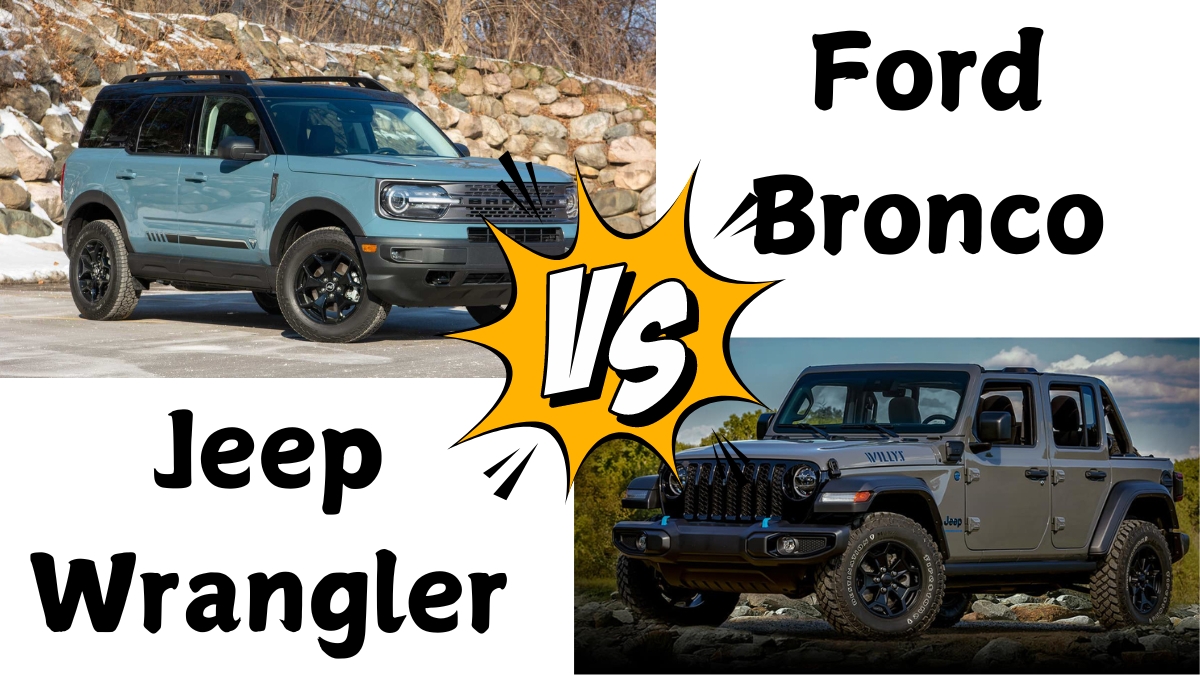

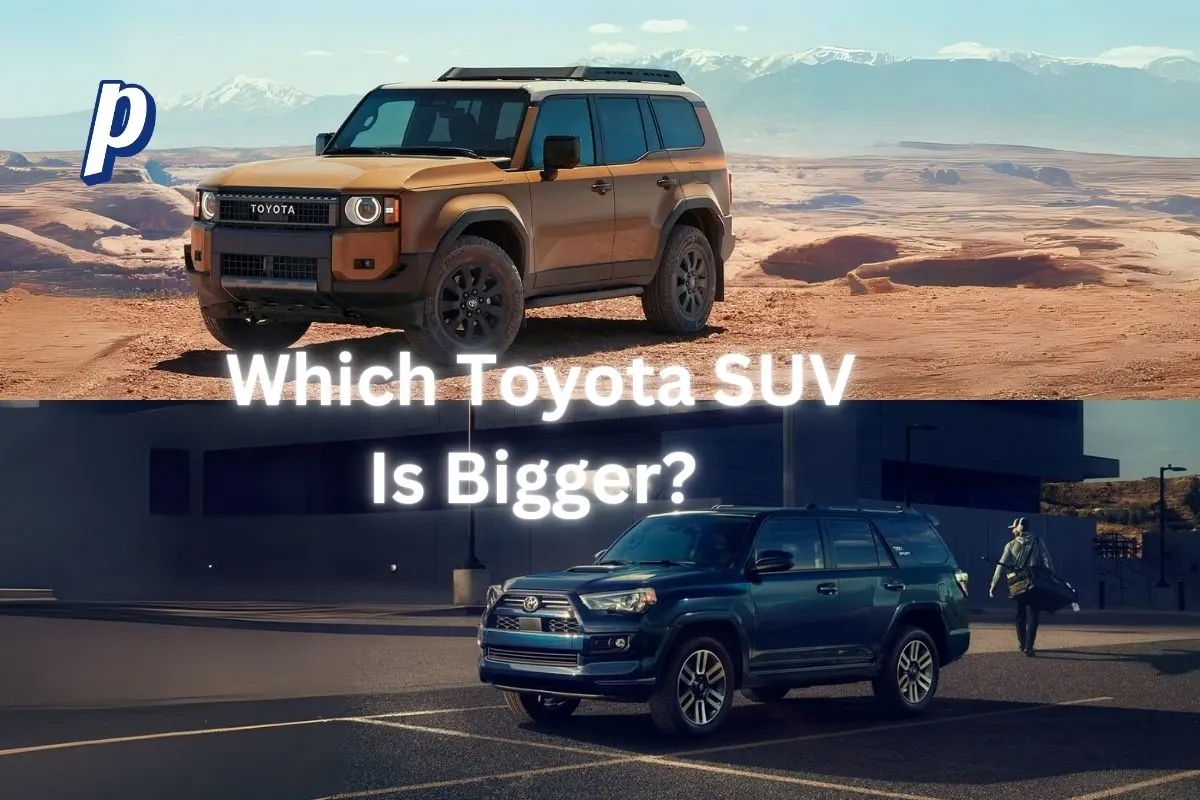
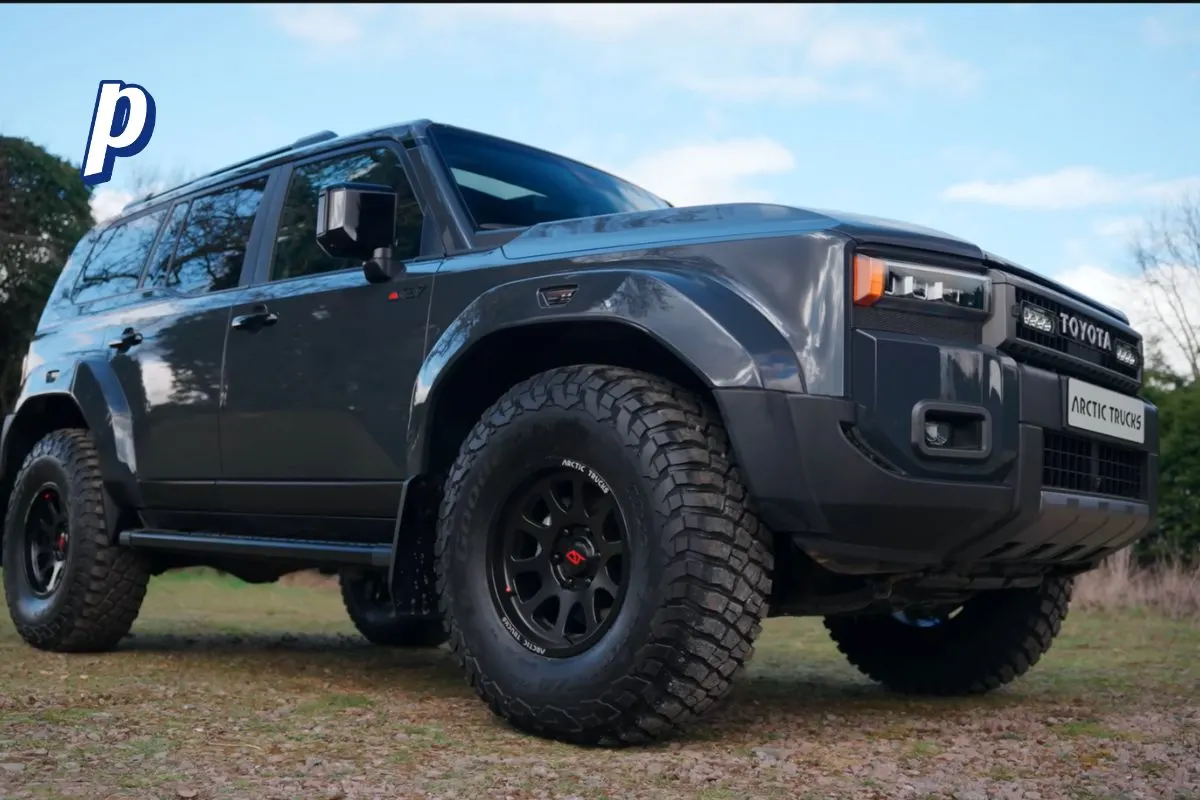



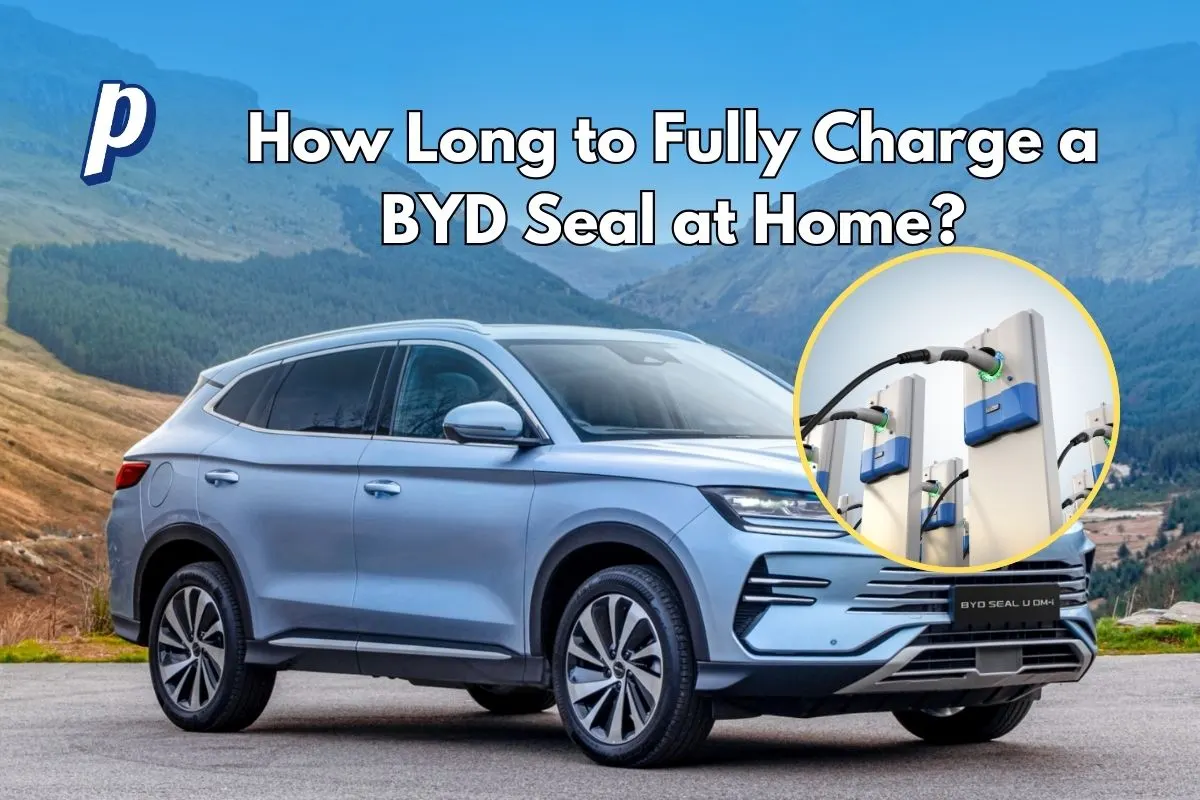


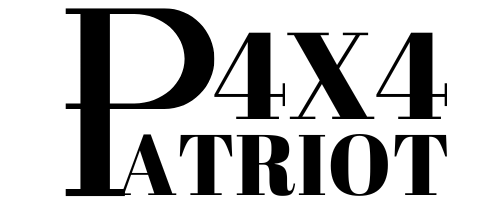
1 thought on “Ford Bronco vs. Jeep Wrangler: Which Off-Road Beast Reigns Supreme?”